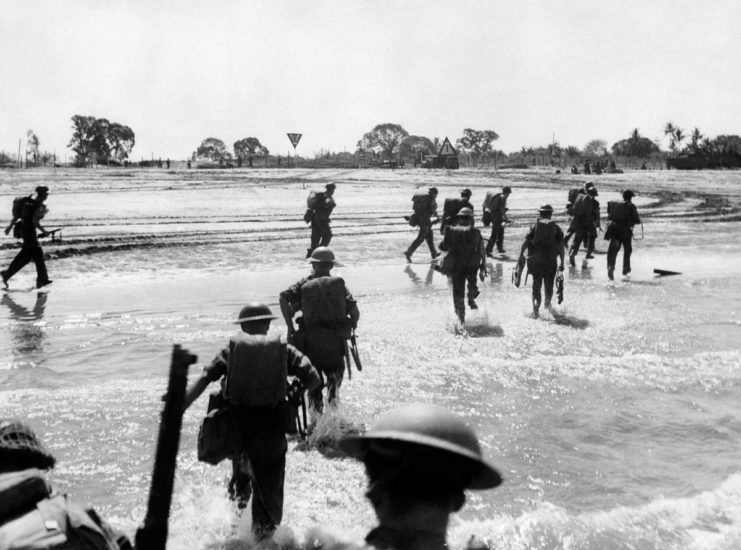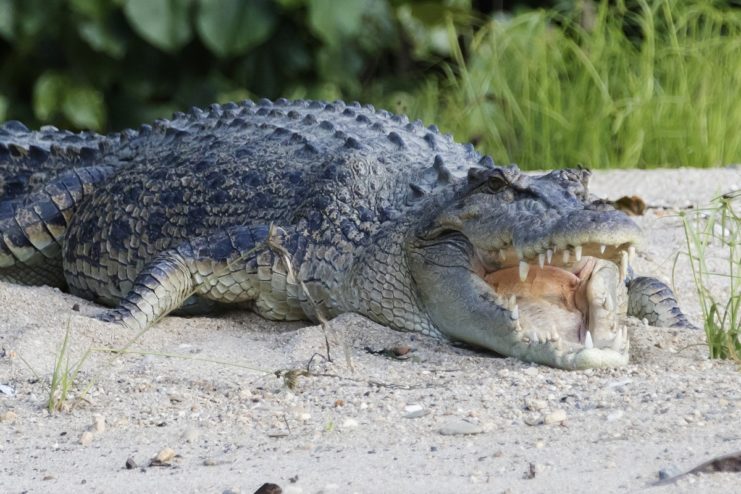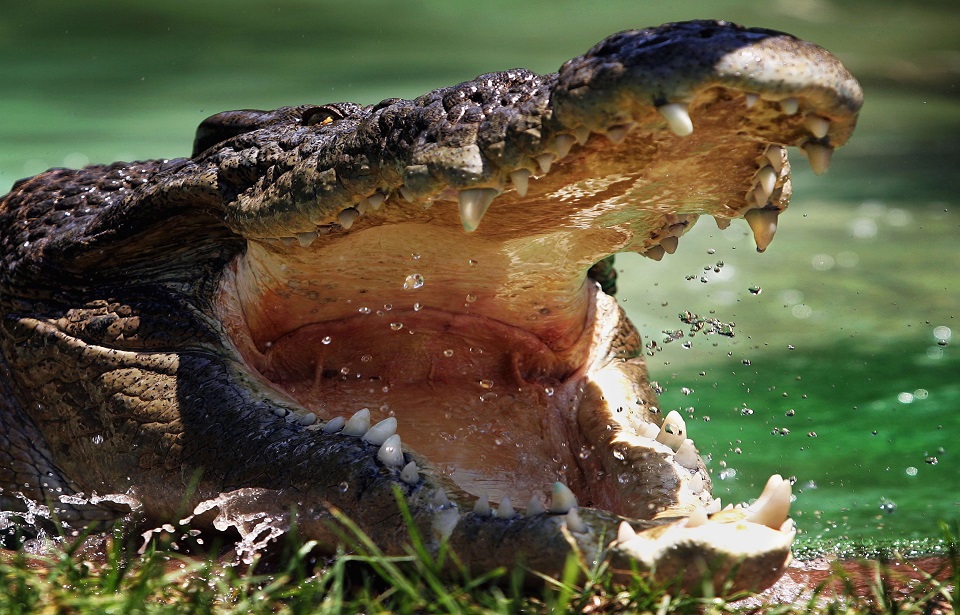When living under the threat of mines, machine guns, snipers, and artillery barrages, it’s easy to imagine that deadly animals are probably the least of a soldier’s concerns while at war. However, during a battle in early 1945, Japanese troops supposedly became an overnight feast for the local crocodiles, who chomped down on hundreds of men residing in the swamps.
The soldier-buffet took place in February 1945 during the Battle of Ramree Island, a confrontation that sees relatively little attention these days. It occurred in the China-India-Burma Theater, which itself is rather overlooked, despite the vicious fighting that went on in the region.
At this time in the Pacific Theater, the US was rapidly approaching the Japanese mainland, and bloody battles like the Battle of Iwo Jima took much of the spotlight.
Ramree Island

Ramree Island is Burma’s (now Myanmar, but will be referred to as Burma for the rest of this article) largest island at 520 square miles. It is separated from the Burma mainland only by a thin strait with an average width of 150 meters. It was captured by the Japanese during their invasion of Burma in 1942, but Commonwealth forces landed there in January 1945 to wrestle it out of their hands.
Although much of Ramree Island is swamps and marshlands, it was the ideal location for an airbase to supply actions in Burma.
When the British arrived the Japanese were in a hopeless situation. A huge armada of ships just off the island’s shores cut off any chances of escape or resupply. British forces outnumbered the Japanese, and for a brief period after landing on the island encountered little resistance. After a while, though the British and Japanese clashed, and the defenders put up an admirable fight.
Soon though Japanese supplies ran low, so 900 hungry and tired troops retreated into Ramree’s swamps to link up with a larger force on the other side. Here the British would be the least of their worries, as nature took over instead.
The British were hesitant to follow the Japanese into the swamps, as the conditions there was an entirely different war. Malaria, yellow fever, infections, and dangerous creepy crawlies were what an army had to deal with. Instead, the British encircled the swamp.
Soon the Japanese troops found themselves in deep mud and disease and other tropical obstacles started to take a toll. In the end the British captured the island, killing 500 Japanese while losing a very small amount of their own. An airfield was up and running by April 16, 1945.
Crocodile massacre

A famous story that comes from the Battle of Ramree Island originates in the mangroves the Japanese fled into. Reportedly, the Japanese troops, as if they hadn’t endured enough, became victims to countless Saltwater crocodile attacks.
These crocs are the largest reptiles in the world and are capable of bringing down water buffalo.
One by one the crocodiles picked off the soldiers at night, dragging them into the swamp and mauling them to death. The British troops on the outside of the mangroves were forced to listen to the haunting sounds of 900 men trying to fight off these deadly predators.
One British soldier detailed the horrifying event: “That night was the most horrible that any member of the M. L. crews ever experienced,” he wrote. “The scattered rifle shots in the pitch black swamp punctured by the screams of wounded men crushed in the jaws of huge reptiles, and the blurred worrying sound of spinning crocodiles made a cacophony of hell that has rarely been duplicated on earth. At dawn, the vultures arrived to clean up what the crocodiles had left… Of about one thousand Japanese soldiers that entered the swamps of Ramree, only about twenty were found alive.”
There Is A Lot Of Skepticism
Although the Battle of Ramree Island isn’t very well known, the crocodile attacks are, having been mentioned many times in the decades since February 1945. However, in recent years historians have come to doubt the story, with some even categorizing it as a myth.
The amount of crocodiles required to feast on nearly 1000 men is far more than the number expected to have resided on Ramree Island. One historian highlights this point by asking how these crocodiles survived before the arrival of the Japanese, as there would not have been enough food before or after the event.
Some believe it is more likely that the Japanese were devastated in huge numbers by disease, dehydration, and starvation, with the crocodiles instead feasting on their corpses.
Despite this, accounts from soldiers that were there seem to point to crocodiles at least playing a huge part in the demise of the Japanese soldiers. The answer isn’t clear, but what is clear is that the 900 Japanese who went into that swamp must have endured hell on earth.
